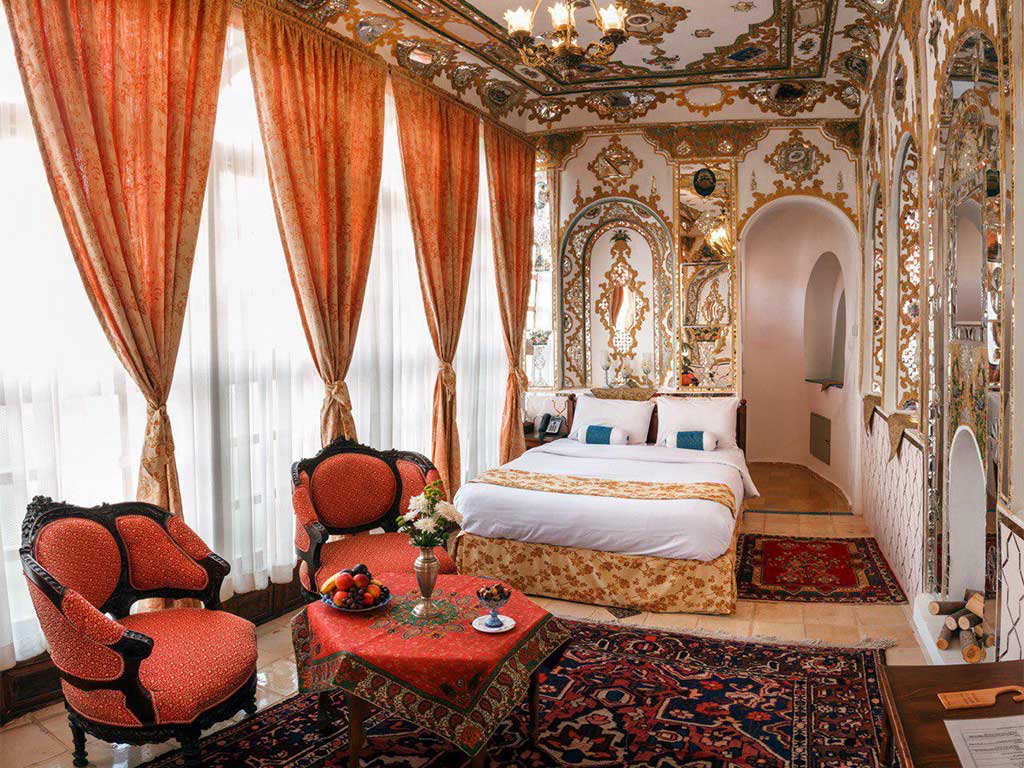One of the decorations that has been widely used in the beauty of buildings from the past is mirror work. When small pieces of mirrors come in different geometric shapes and models, such as different bushes, and these mirrors are used on the walls, ceilings, columns, etc. of different buildings, giving that place a beautiful effect. And it gives shine.
The reflection of light in these small mirrors and its radiation causes a special glow and beauty. In terms of strength, this type of decoration is very durable and lasts for many years. If you have been to different historical places and mirrors have been used in those places, you will notice the special effect and high durability of these mirrors.
The art of mirror work is one of the branches of decorative arts in Iran and if we want to study and analyze the history of this art, we must go back to the Sassanid period. During this period of Iranian history, the first and most beautiful mirror works became popular and were mostly used in the palaces and buildings of Persian kings.
One of the prominent mirror works of the ancient history of Iran is the building of the court of Shah Tahmasb Safavid in the year (930-984 AH / or 1524-1576 AD). This beautiful building and a prominent example of mirror art is located in the city of Qazvin. Also, the mirror room of Qasrmanshi Palace in Isfahan is another example of mirror work left from the Qajar period.
During the Qajar period, especially during the reign of Nasser al-Din Shah, mirror work reached its peak and enjoyed a certain prosperity; Especially it was widely used in religious buildings. Among them are the Mirror Hall of Golestan Palace and the halls and rooms of Shams Al-Amara. Among the religious buildings are the decorated decorations of the shrine of Imam Reza (AS), the mirror porch in the shrine of Imam Masoumeh (AS) and the shrine of Shahcheragh (AS) are among the most important decorations of this period.

Source: ghasrmonshihotel
